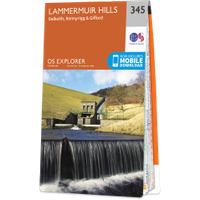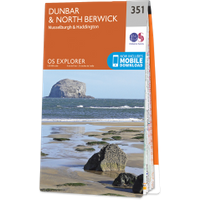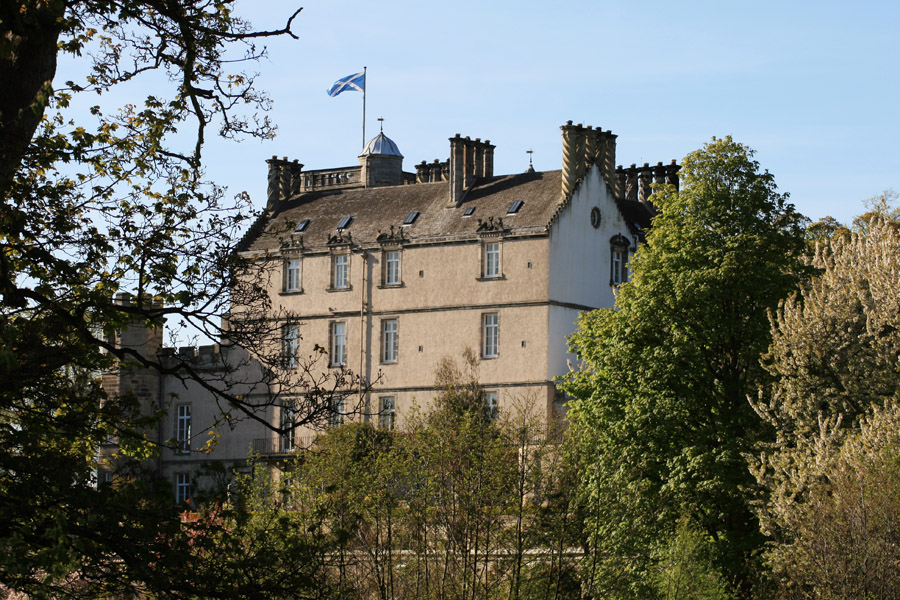

Winton House started life as a castle consisting of a square tower built around 1480. Winton Castle was burned by the English in 1545 during the Rough Wooing, and subsequently repaired around 1600 by Robert Seton, the 6th Lord Seton, who was created the Earl of Winton in the same year.
Between 1620 and 1627 Robert’s second son, George Seton, the 3rd Earl of Winton, employed the King’s Master Mason William Wallace to improve Winton House, and it is considered to be one of the finest examples of Renaissance architecture in Scotland. Of particular note are the twisted chimneys, and ornate plaster ceilings.

Remnants of Winton Castle still remain however, with rough walling visible at the east end of the north side of the house, an old stair-turret in the angle of the tower, and a vaulted basement.

The main approach to Winton House was once from the village of Pencaitland to the south-east via a long, wide, tree-lined driveway. However this is now grassed over and the house is reached by a pair of new driveways to the north.
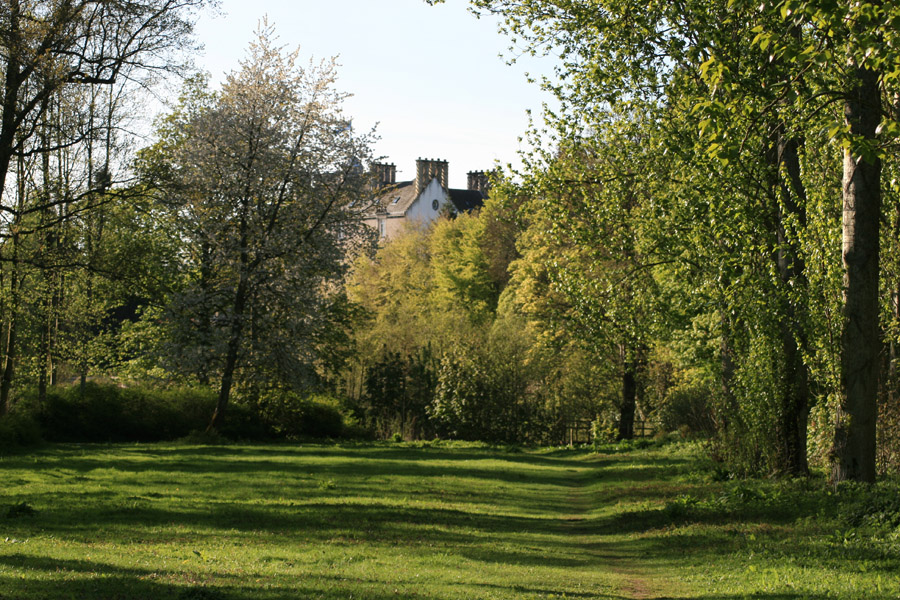
The estate was forfeited (along with that of Seton Castle) in 1715 when George Seton, the 5th Earl of Winton, supported the Jacobite cause. Winton House passed through the Hamilton and Nisbet families to the Ogilvys, and is now owned by Sir Francis Ogilvy, 14th Baronet of Inverquharity.


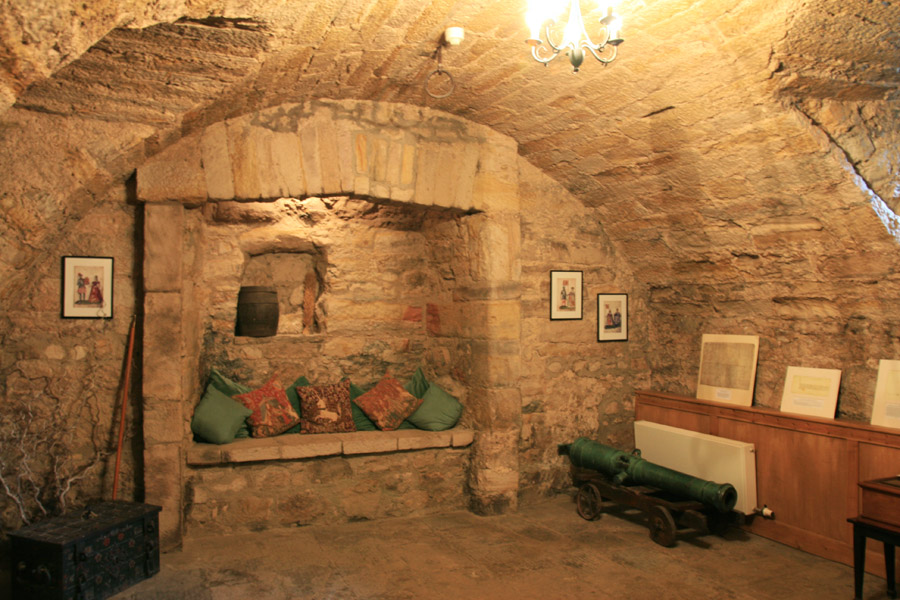

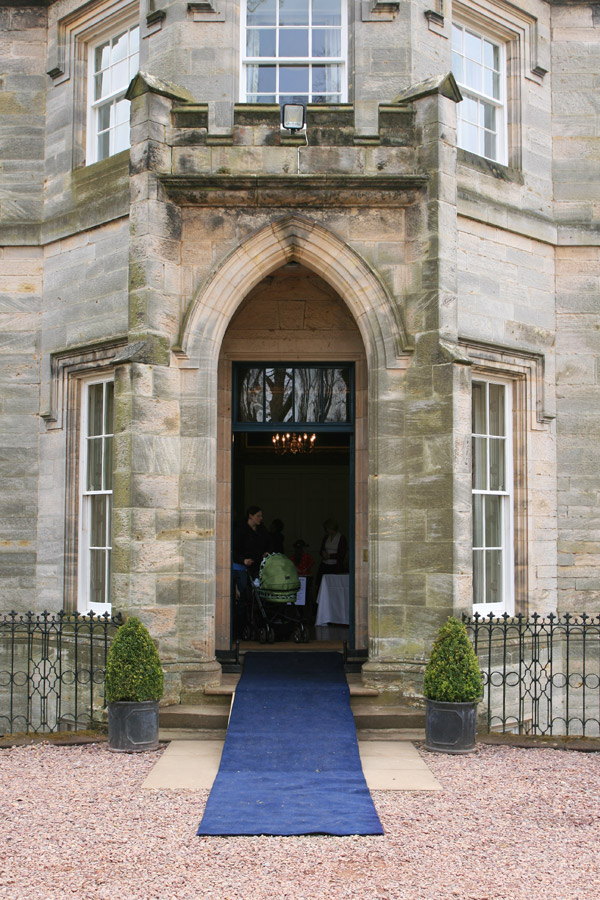

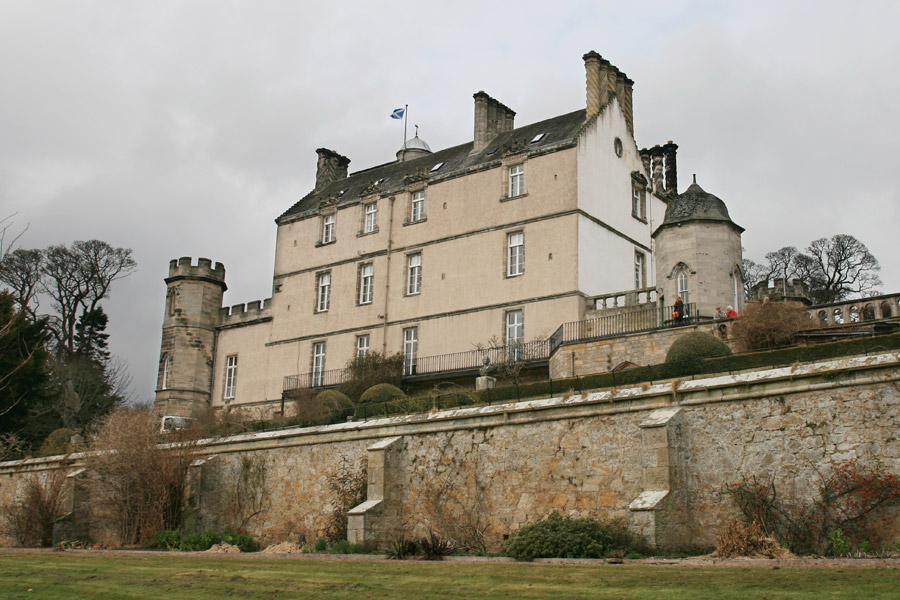

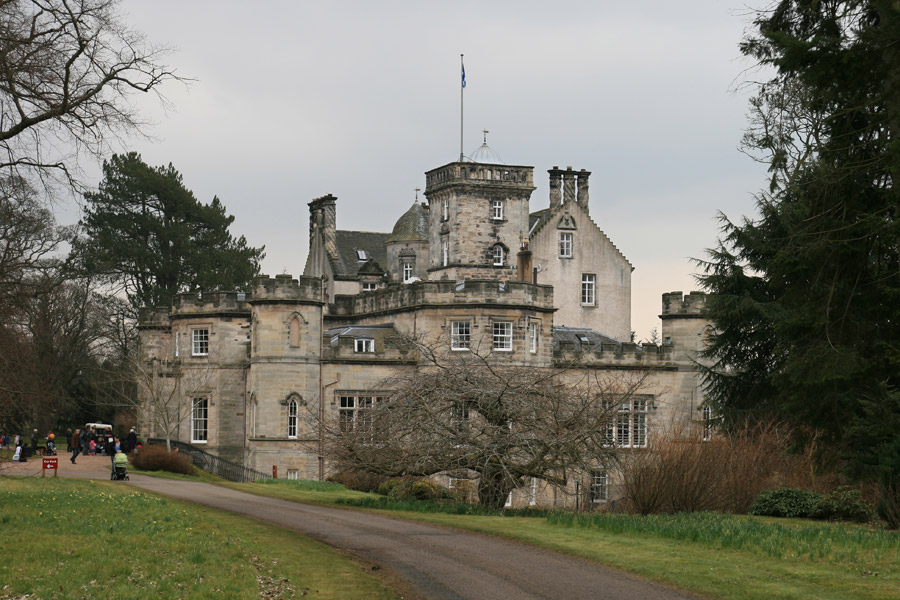
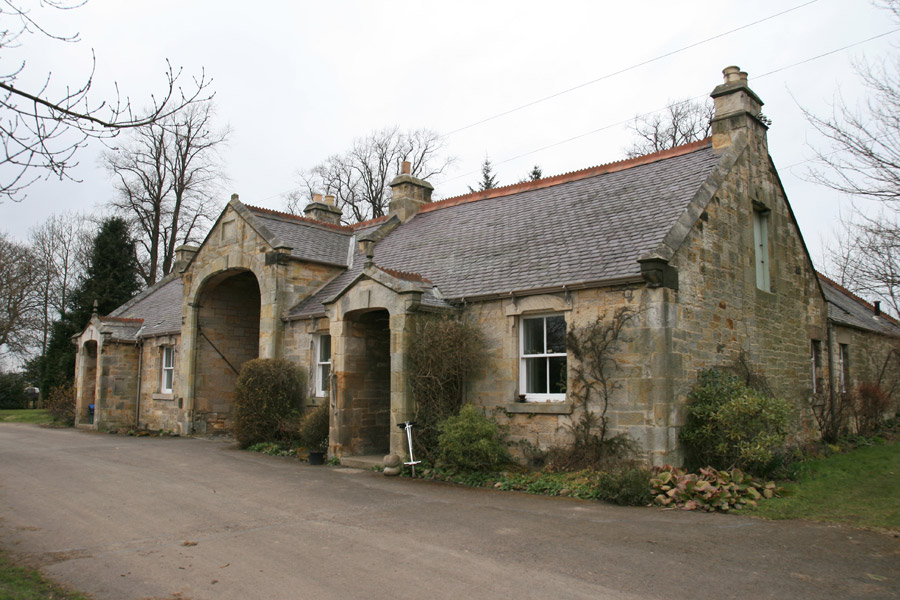
Alternative names for Winton House
Winton Castle
Where is Winton House?
Winton House is in the parish of Pencaitland and the county of East Lothian.
Grid reference: NT 43815 69495
Lat / long: 55.915233, -2.900369


